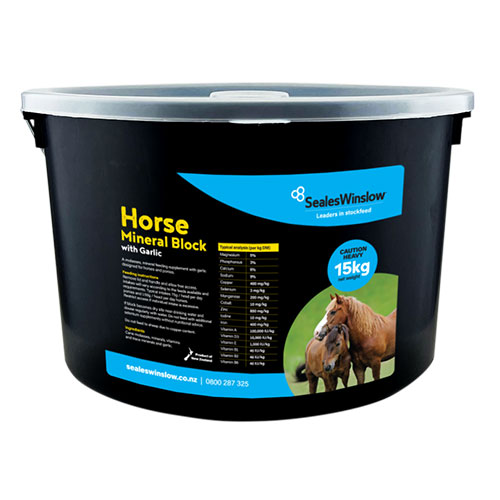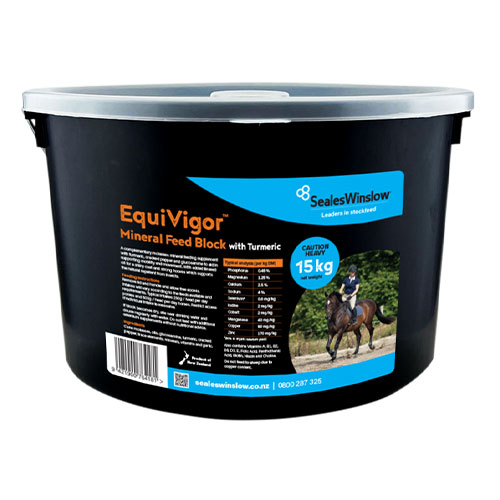Equine Advice
Equine Digestion System and Feeding Tips & Tricks
There is a lot of information on what to feed which horse and when but understanding how a horse’s digestive system works is the best way to understand what to feed and why.
How does a horse’s digestive system work?
The equine gastrointestinal tract (GIT) comprises of a foregut and a hindgut. The foregut includes the mouth, oesophagus, stomach and small intestine. The hindgut includes the caecum, large colon, small colon, and rectum. The process of digestion includes four stages:
Stage 1: Mechanical digestion
Biting and chewing feed is the first step to breaking down the diet. Chewing reduces feed to a more manageable size, whilst also promoting saliva production. Saliva acts as a lubricant to help the movement of feed, as well as acting as a buffer- the stomach of the horse is an acidic environment, and saliva helps maintain the correct stomach pH.
Stage 2: Enzymatic digestion
The stomach is a liquid environment containing enzymes¹. These enzymes further break down the particle size of feed, begin protein digestion, and kill off any bad bacteria that may have come in via the feed. There is no absorption of nutrients at the stomach- it is a storage site until feed can move further through the system ¹, ². Due to its small size (5 – 15L depending on breed) horses cannot eat large volumes of feed at once, and what they do eat, does not stay in the stomach for long before moving to the small intestine (SI).
Stage 3: Absorption
The small intestine makes up approximately 30% of the GIT volume¹. The main role of the SI is to break down and absorb the non-structural carbohydrates (starches and sugars), protein and fat. This is done by enzymes that are produced by the SI and pancreas.
Protein, sugar, and fat are broken down quickly in the SI, however, starch can take longer, and if not broken down completely, it can pass into the hindgut (large colon). The rate of passage of digesta through the SI is influenced by meal size, feed type and exercise. Fast passage of digesta through the SI results in poor absorption of nutrients, and therefore poor utilisation of feed. Additionally, the overflow of starch into the hindgut can have a negative effect on the microbial population present in the hindgut, causing a change in pH, and increased risk of health issues³. It is for this reason, that small regular feeds are a better management tactic than large meals, less often.
Stage 4: Hindgut fermentation
The caecum and large colon make up approximately 60% of the GIT volume. Together they can hold up to 145L of fibre². The main role of the hindgut is microbial digestion (fermentation) of fibre, which produces volatile fatty acids (VFAs). These VFAs provide up to 70% of a horses’ daily energy requirement²
The hindgut has a neutral pH, however, different feeds can influence the microbial population and pH. Horses fed forage-only diets tend to have a more stable pH when compared to those fed starch-based concentrates³ and are at a higher risk of their gut pH getting too low. A pH drop can occur when there is grain overflow from the SI into the hindgut, allowing the hindgut microbes to produce more acidic by-products during fermentation and therefore creating a more favourable environment for lactic acid production and pathogens. This increases the risk of further acidity, and diseases such as laminitis, colic, endotoxemia and metabolic acidosis¹, ², ³. This highlights the importance of diet type and diet management.
Tips and tricks for feeding your horse:
- Provide a forage-based diet as consistently as possible, and only use concentrates to meet nutritional deficiencies when required
- Always have fibre available, to slow the rate of passage of digesta through the GIT
- Provide concentrates in small doses of up to 2kg maximum per feed
- Use nutrient-dense forages and fats to increase calorie intake, rather than starches and sugars, to manage SI rate of passage and hindgut pH
- Make diet changes slowly to allow hindgut microbes to adjust (allow 10 days)
References:
1. Digestive Anatomy and Physiology of the Horse | Equine Science. [online]. [Accessed 7 March 2022]. Available from: https://www.extension.iastate.edu/equine/blog/dr-peggy-m-auwerda/digestive-anatomy-and-physiology-horse
2. Equine Digestion and the Healthy Horse Digestive System. [online]. [Accessed 7 March 2022]. Available from: https://www.succeed-equine.com/education/gi-health-care/the-healthy-equine-digestive-system/
3. GARBER, A, HASTIE, P and MURRAY, J.-A. Factors influencing equine gut microbiota: current knowledge. Journal of Equine Veterinary Science [online]. 2020. Vol. 88, p. 102943. [Accessed 11 March 2022]. DOI 10.1016/j.jevs.2020.102943. Available from: http://eprints.gla.ac.uk/209804/http://eprints.gla.ac.uk

EquiGarlic® Mineral Block
Horse Mineral Block with Garlic is a molassed mineral and vitamin supplement developed specifically for the New Zealand leisure horses and ponies.

EquiVigor Mineral Feed Block with Turmeric
EquiVigor™ is a complementary molasses mineral feeding supplement with turmeric, cracked pepper and glucosamine to aid in supporting movement and mobility in equine. EquiVigor™, your easy all in one equine mobility supplement.

